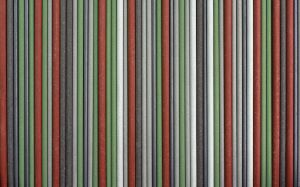
A simple guide on different stick welding electrodes and how to use them
The following types of welding rods are commonly used at home or at work to provide repairs, fabricate structures, and carry out small-scale engineering. They are used by people all over the world. 6010 Stick Welding Electrodes 6010 rods are Fast Freeze electrodes, meaning they cool quickly and prevent the weld pool from becoming too hot. This makes them ideal for thin beads with deep penetration. They’re great for welding over rust and dirt, so you don’t need to clean your material first. Keep in mind, 6010 rods only work with Direct Current Electrode Positive (DC+). 6011 Stick Welding Electrodes The 6011 is similar to the 6010, also a Fast Freeze electrode. It’s excellent for root passes and pipe welding, with a smaller weld pool

